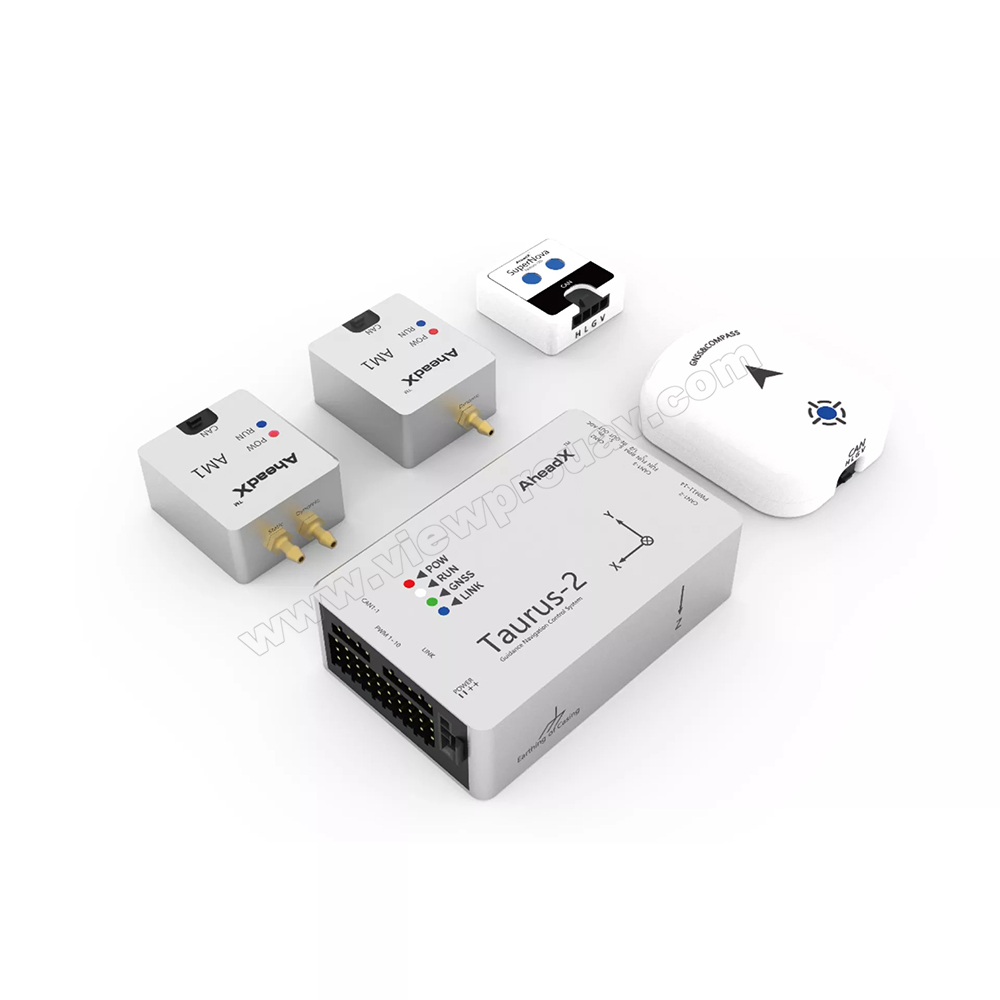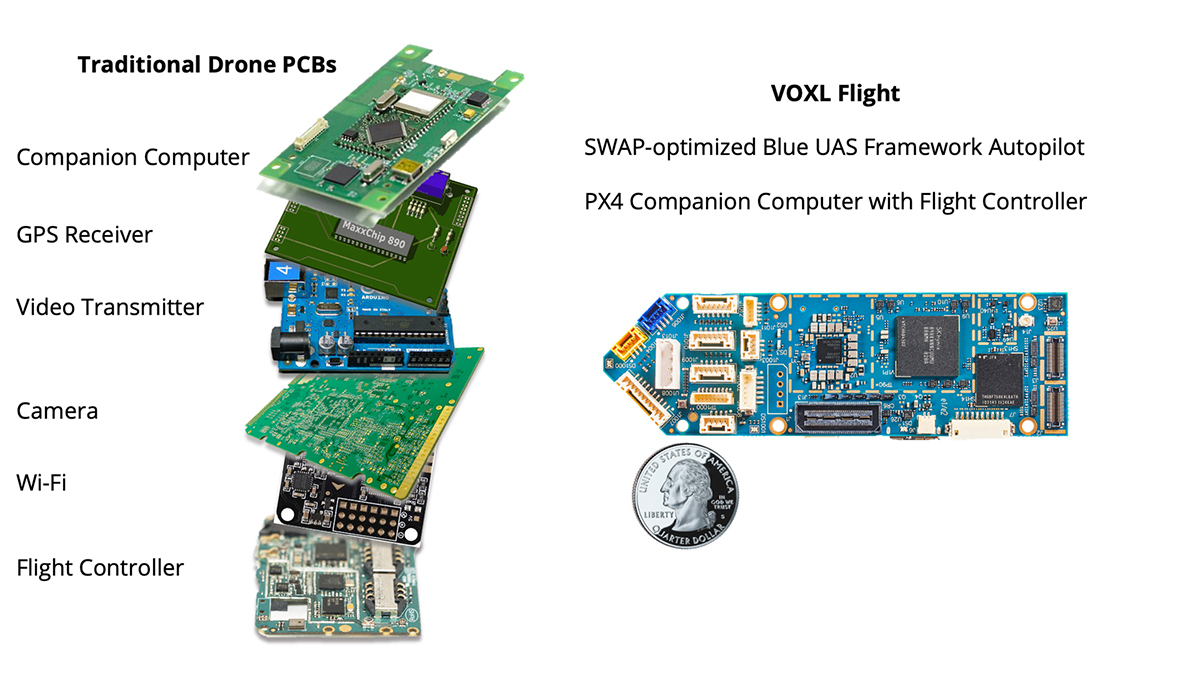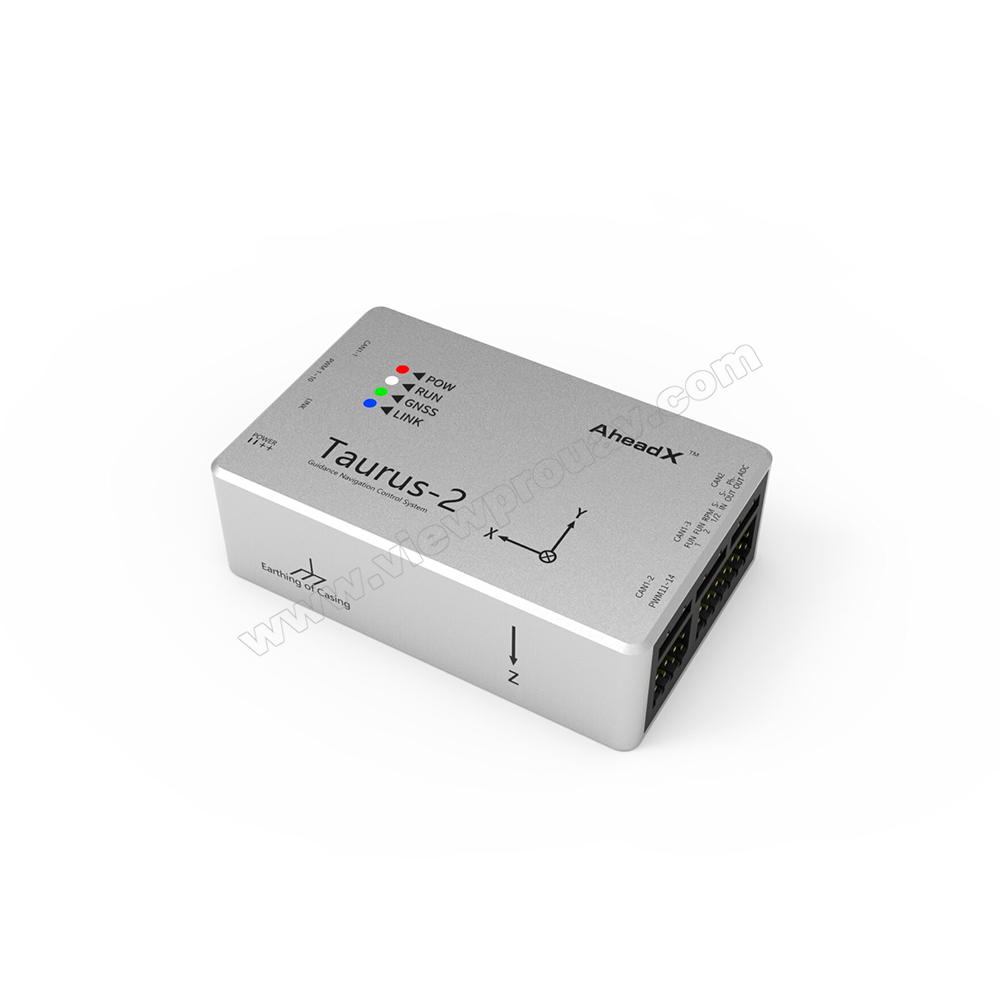SparkNavi Drone Flight Controller and GNSS/INS Made in Taiwan: Cutting-Edge Solutions for UAVs
SparkNavi Drone Flight Controller and GNSS/INS Made in Taiwan: Cutting-Edge Solutions for UAVs
Blog Article
Exploring the Function of Drone Trip Controllers in Enhancing Flight Stability and Navigation Performance
The advancement of drone innovation has actually considerably raised the relevance of trip controllers, which offer as the brain of these airborne cars. By incorporating real-time information from a range of sensing units, trip controllers enhance trip stability and navigating performance, making sure that drones can run smoothly also in intricate environments.

Comprehending Trip Controllers
Trip controllers are integral components in the functioning of drones, working as the minds that manage and stabilize flight operations. These innovative devices process information from various sensing units, including accelerometers, gyroscopes, and GPS, to ensure that the drone keeps its designated flight path. The trip controller analyzes this information and carries out commands based upon pre-defined formulas, making it possible for the drone to react to ecological adjustments, such as wind or barriers.
The key feature of a trip controller is to maintain stability during flight. It achieves this by making real-time changes to the drone's electric motors and control surface areas, making certain balance and control. In addition, modern-day flight controllers integrate advanced functions such as waypoint navigating, enabling for automated flight paths and improved operational efficiency.
Understanding the style of trip controllers is vital for both experts and enthusiasts. As modern technology breakthroughs, trip controllers have become much more portable and qualified, incorporating artificial knowledge to improve decision-making procedures and adapt to intricate flight circumstances.
Key Components of Flight Security
Accomplishing optimum trip stability in drones counts on several crucial components that operate in performance to make sure smooth and controlled operations. Central to this security is the flight controller itself, which refines data from different sensors to maintain the desired trip perspective. This consists of accelerometers and gyroscopes that gauge activity and alignment, enabling real-time adjustments to the drone's placement.
An additional important component is the digital rate controllers (ESCs), which manage the power supplied to the electric motors. By finely tuning motor rates in reaction to trip controller commands, ESCs assist keep balance and counteract disturbances brought on by wind or unexpected motions.
In addition, the layout of the drone's frame plays a critical role in flight security. A well-structured structure lessens vibrations and enhances the total wind resistant profile, contributing to smoother flight features. Ultimately, the assimilation of advanced formulas within the trip controller help in predictive adjustments, ensuring a receptive and versatile flight experience.
Together, these parts form a natural system that improves a drone's security, enabling specific maneuvering and improved performance in different trip problems.
Navigating Performance Techniques
Effectiveness in navigating is crucial for enhancing drone operations, particularly in intricate settings. Efficient navigation techniques enhance the ability of drones to traverse challenging surfaces and stay clear of obstacles, consequently boosting functional effectiveness and safety.
One popular method is the execution of advanced general practitioners and inertial measurement systems (IMUs) that provide exact location monitoring and alignment data. These modern technologies enable drones to calculate optimal trip courses in real-time, thinking about different aspects such as wind problems and potential obstacles.
One more technique involves making use of algorithms for path preparation and optimization. Formulas such as A * and Dijkstra's formula can be released to establish one of the most efficient course while minimizing power usage and flight time. Incorporating maker learning versions can allow drones to adaptively learn from their environments, enhancing navigating capacities through experience.

Effect on Autonomous Drones
The assimilation of innovative navigating methods has profoundly changed the capacities of autonomous drones, allowing them to run with better autonomy and accuracy. SparkNavi drone flight controller and GNSS/INS made in taiwan. These enhancements are largely connected to advanced flight controllers that make use of real-time data processing look at these guys and sensing unit blend, enabling drones to browse complex atmospheres flawlessly
The influence on autonomous drones expands past mere navigating; it encompasses improved obstacle evasion, improved security during dynamic conditions, and boosted goal reliability. By leveraging formulas that integrate artificial intelligence and synthetic knowledge, drones can adjust to changing situations, making educated decisions that maximize their trip courses while lessening threats.
Moreover, the application of robust flight controllers has facilitated the site here execution of intricate jobs, such as aerial examinations, shipment solutions, and agricultural tracking, with minimal human intervention. This capacity not just simplifies procedures however additionally lowers human error, thus improving general safety.
As a result, the operational range of self-governing drones has actually expanded considerably, making them important tools in different industries. Their capability to perform effectively in varied situations highlights the critical duty that advanced flight controllers play fit the future of unmanned airborne systems.
Future Trends in Flight Control
Regularly, advancements in flight control modern technology are poised to redefine the landscape of drone procedures in the coming years. Emerging trends indicate a considerable change in the direction of enhanced man-made knowledge (AI) integration, making it possible for flight controllers to refine real-time information a lot more efficiently. This advancement will certainly facilitate enhanced decision-making capacities, enabling drones to adapt to vibrant environmental conditions autonomously.
Additionally, the implementation of artificial intelligence formulas is anticipated to boost predictive upkeep, thereby lessening downtime and prolonging the lifecycle of drone elements. This aggressive approach to maintenance will be important as drone applications expand across different industries, from agriculture to logistics.

.jpg)
Last but not least, advancements in secure communication methods will certainly deal with security and regulative concerns, ensuring that drones can run flawlessly in busy airspaces (SparkNavi drone flight controller and GNSS/INS made in taiwan). Jointly, these patterns point towards a future where trip control systems are not only smarter and extra efficient but likewise qualified of running safely in an increasingly integrated airspace
Verdict
To conclude, drone trip controllers are integral to improving trip stability and navigating efficiency via the sophisticated processing of sensor data. By maintaining optimum trip perspectives and using advanced formulas for path optimization and barrier evasion, these controllers substantially add to the autonomy and operational security of drones. As innovation proceeds to advance, even more innovations in flight control systems are anticipated, guaranteeing improved efficiency and expanded look these up capabilities in the realm of unmanned airborne automobiles.
By incorporating real-time information from an array of sensing units, trip controllers enhance trip security and navigating efficiency, making sure that drones can operate efficiently even in intricate settings.Flight controllers are indispensable parts in the performance of drones, offering as the minds that maintain and take care of flight procedures. Furthermore, modern trip controllers include advanced attributes such as waypoint navigation, enabling for automated trip courses and boosted functional efficiency.
Central to this security is the flight controller itself, which processes information from various sensors to preserve the preferred flight mindset.In verdict, drone trip controllers are integral to enhancing flight security and navigation efficiency through the innovative processing of sensor information.
Report this page